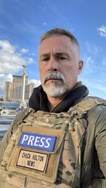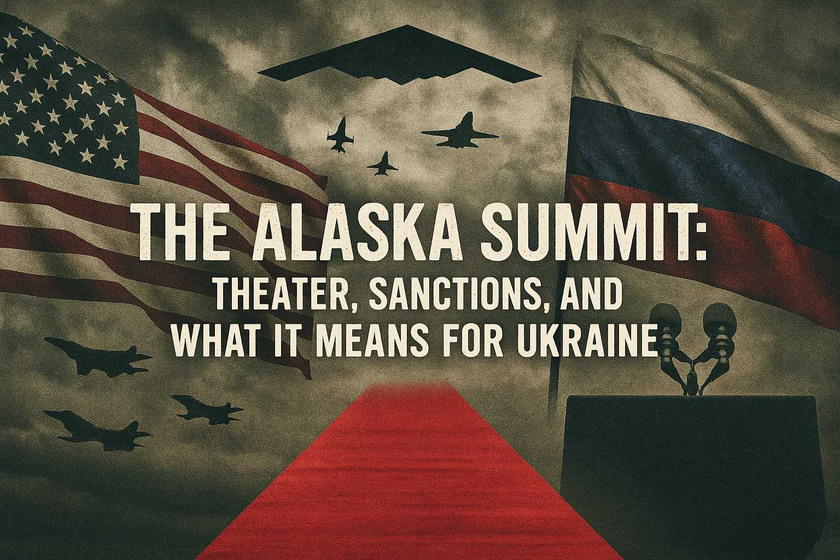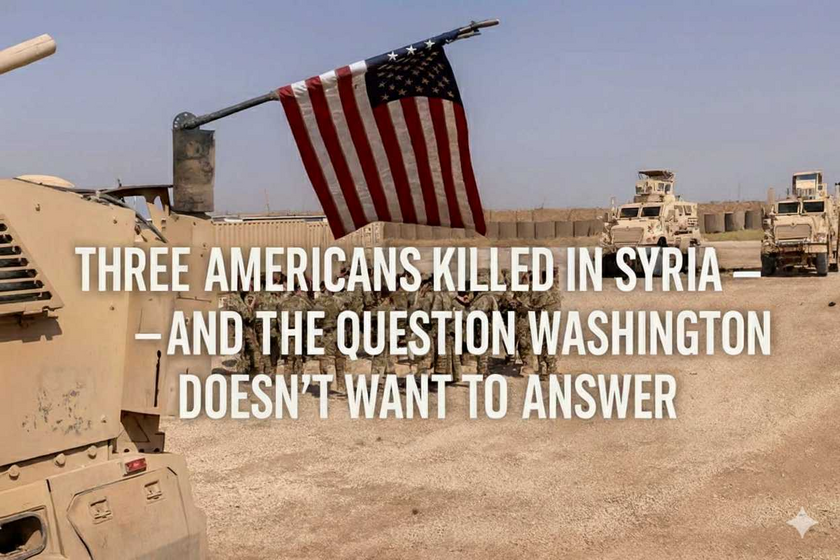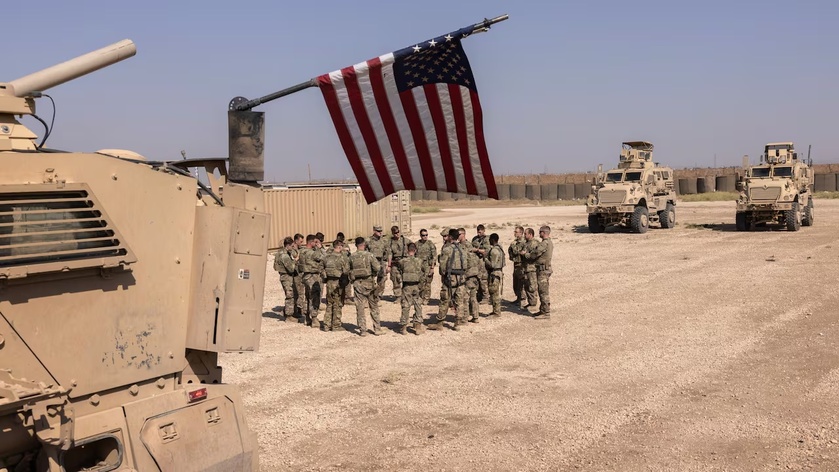I’m writing to you today from the mountains of Kazakhstan. It’s been a whirlwind few days out here in Central Asia, and I’ve been watching closely as history played out thousands of miles away in Alaska. I want to break down for you what happened at the first U.S.-Russia presidential summit since the war in Ukraine began — and why the optics may be very different from the reality.
Pomp Without Circumstance
Two days ago, President Trump and Russian President Vladimir Putin met at Joint Base Elmendorf in Alaska. This was the first time the two men had been face-to-face in a decade, and the event was choreographed to the hilt. Red carpet, honor guards, F-22 Raptors on the tarmac, and even a flyover by B-2 stealth bombers — all staged to project American strength.
But what did we actually get from it? Not much. It was political theater — smiles, handshakes, and photo ops. The summit ended abruptly with no lunch, no press questions, and only carefully scripted remarks. That alone should tell you the talks didn’t go as well as advertised.
Putin’s Win on Sanctions
So why did Putin make the trip? One word: sanctions. The Trump administration had been preparing to roll out secondary sanctions — penalties not only on Russia, but also on countries like India and China that have been helping Moscow skirt existing restrictions. These measures had the potential to choke off Russia’s war machine, because while Putin doesn’t mind sacrificing soldiers, he does mind losing the economic lifeline that fuels his military.
At the end of the day, Putin walked away without making a single concession — but he did secure at least a delay on those secondary sanctions. That’s a huge win for Moscow. No wonder Russians are celebrating this summit as a victory.
Meanwhile, Ukraine is in the best battlefield position it has been since the war started. They’ve got more than 750,000 men under arms, and they’ve learned to innovate at lightning speed — fielding drones, unmanned vehicles, and even remote casualty evacuation systems that save soldiers’ lives.
Russian tactics, on the other hand, remain rooted in old Soviet-style warfare: meat waves of troops, staggering casualties, and little innovation beyond drones. Every square kilometer they seize costs them hundreds of dead soldiers.
And here’s a fact you won’t hear on mainstream news: Ukraine is now producing more ammunition than it consumes. They’re no longer entirely dependent on Western supplies. That’s a game changer.
Optics vs. Reality
Here’s what worries me: the optics of this summit play directly into Russia’s cognitive warfare doctrine. Moscow believes wars are won by shaping minds, not just by winning on the battlefield. Optics are the battlefield.
Putin, riding in “the Beast” limousine, smiling alongside Trump, Lavrov wearing a USSR sweatshirt — those images tell the world Russia is on equal footing with the United States. That perception is a victory in itself, even if the reality is that Russia’s economy is crumbling and their military is bleeding men at an unsustainable rate.
The Human Cost
I also want to remind you what’s at stake here. Russia has abducted tens of thousands of Ukrainian children, rebranded them as Russian, and in some cases sent them to fight against their own countrymen. They’ve run “filtration” camps in occupied Ukraine, separating families, torturing civilians, and disappearing countless people.
I’ve seen the aftermath of these atrocities firsthand. In places like Bucha and Mariupol, Russia’s brutality is real and ongoing. This is why Ukraine refuses to accept any “peace deal” that leaves its people in Russian hands.
For Russia, the summit was a public relations victory and a temporary reprieve from crippling sanctions. For the U.S., it was a show without substance. And for Ukraine, it was yet another reminder that their fate is often being negotiated without them at the table.
If the United States truly wants to end this war, the most effective way is still maximum economic pressure — cutting off Russia’s oil revenues and enforcing secondary sanctions without hesitation. That’s the lever that will eventually break the Kremlin’s grip.
You can watch the full video on this topic HERE

















